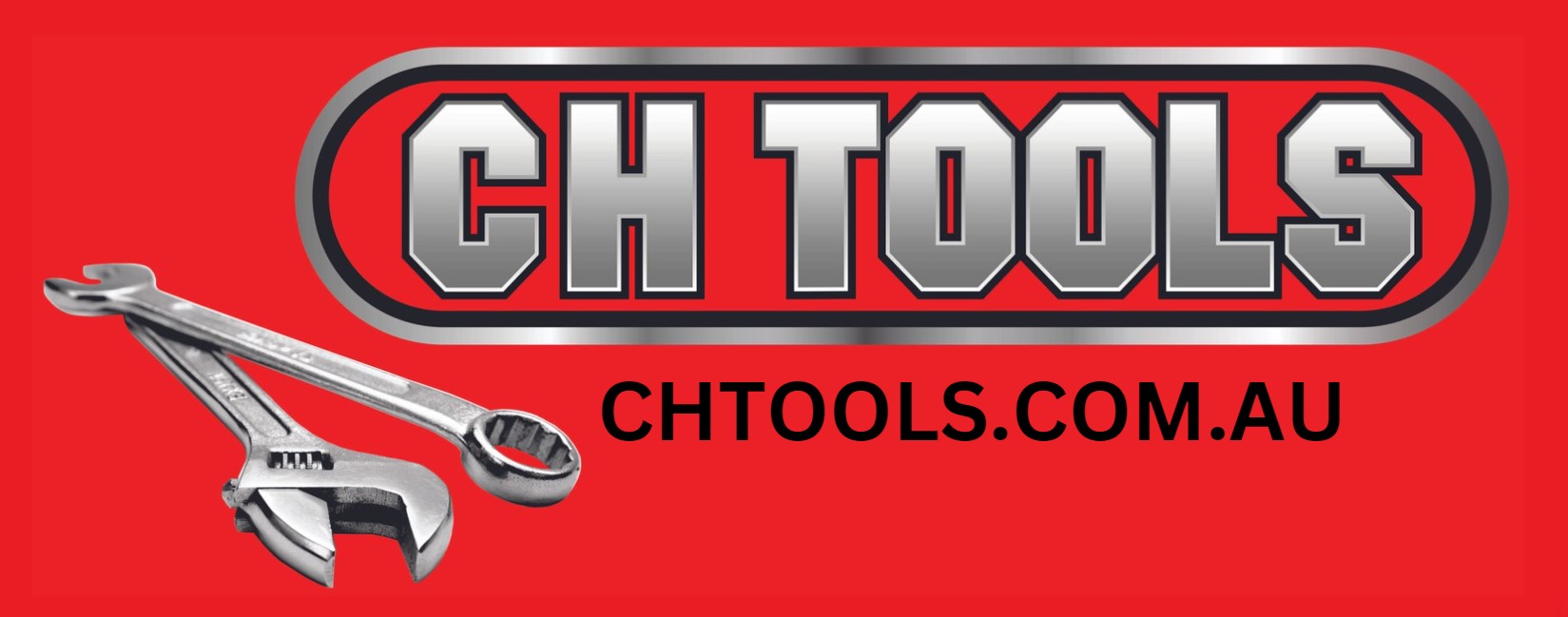Follow us:
Master the Art of Welding: Your Guide to Precision and Strength




Guide to Selecting the Correct Welding Equipment
Choosing the right welding equipment is crucial for ensuring quality welds, efficiency, and safety. Here’s a comprehensive guide to help you select the best welding equipment for your needs:
1. Identify Your Welding Needs
- Welding Process: Determine which welding process suits your project (e.g., MIG, TIG, Stick, or Flux-Cored).
- Materials: Consider the types of materials you'll be welding (e.g., steel, aluminum, stainless steel).
- Thickness: Choose equipment capable of handling the thickness of the materials you plan to weld.
- Project Scope: Consider whether the welding will be done on a small, medium, or large scale.
2. Welding Machines
- MIG Welders: Ideal for beginners and general-purpose welding. They offer ease of use and are versatile for various materials.
- Features to Consider: Adjustable voltage and wire feed speed, gas compatibility, and ease of setup.
- TIG Welders: Suitable for precision welding and thin materials. Provides high-quality, clean welds.
- Features to Consider: AC/DC capability, high amperage range, and pulse welding options.
- Stick Welders: Durable and versatile, good for outdoor and heavy-duty welding.
- Features to Consider: Amperage range, ease of use, and portability.
- Flux-Cored Welders: Ideal for outdoor work and thicker materials. Uses flux-cored wire to eliminate the need for shielding gas.
- Features to Consider: Wire feed control, power settings, and portability.
3. Power Source
- AC vs. DC: AC is generally used for Stick and TIG welding, while DC is preferred for MIG and TIG welding for its stability and cleaner welds.
- Power Requirements: Ensure the machine matches your available power supply (110V, 220V, or 480V).
4. Welding Accessories
- Welding Helmet: Choose a helmet with auto-darkening capabilities and a comfortable fit for safety and ease of use.
- Protective Gear: Ensure you have gloves, aprons, and jackets made from flame-resistant materials.
- Welding Rods/Wires: Select the appropriate type and size based on the material and welding process.
- Clamps and Fixtures: Use clamps and fixtures to hold materials in place and ensure accurate welds.
5. Quality and Brand
- Brand Reputation: Opt for well-known brands with positive reviews for reliability and support.
- Build Quality: Inspect the durability and construction of the equipment to ensure it can withstand regular use.
6. Portability and Size
- Portability: For mobile or fieldwork, choose equipment that is lightweight and easy to transport.
- Size and Space: Ensure the equipment fits in your workspace and allows for comfortable maneuvering.
7. Ease of Use and Setup
- User Interface: Look for machines with intuitive controls and clear instructions for ease of use.
- Setup Complexity: Consider how easy it is to set up and calibrate the equipment for your specific needs.
8. Safety Features
- Overload Protection: Ensure the equipment has features to protect against overheating and electrical faults.
- Ventilation: Check for proper ventilation options to manage fumes and heat.
9. Maintenance and Support
- Ease of Maintenance: Choose equipment that is easy to maintain and service.
- Warranty and Support: Opt for products with good warranty terms and reliable customer support.
10. Budget Considerations
- Cost vs. Features: Balance your budget with the features and quality of the equipment. Investing in reliable equipment can improve performance and longevity.
- Comparative Shopping: Compare different models and brands to find the best value for your needs.
By carefully evaluating these factors, you can select welding equipment that meets your specific requirements, ensuring high-quality results and efficient operation.
CONTACT US TO FIND OUT MORE ABOUT THE TOOLS WE RANGE IN-STORE
